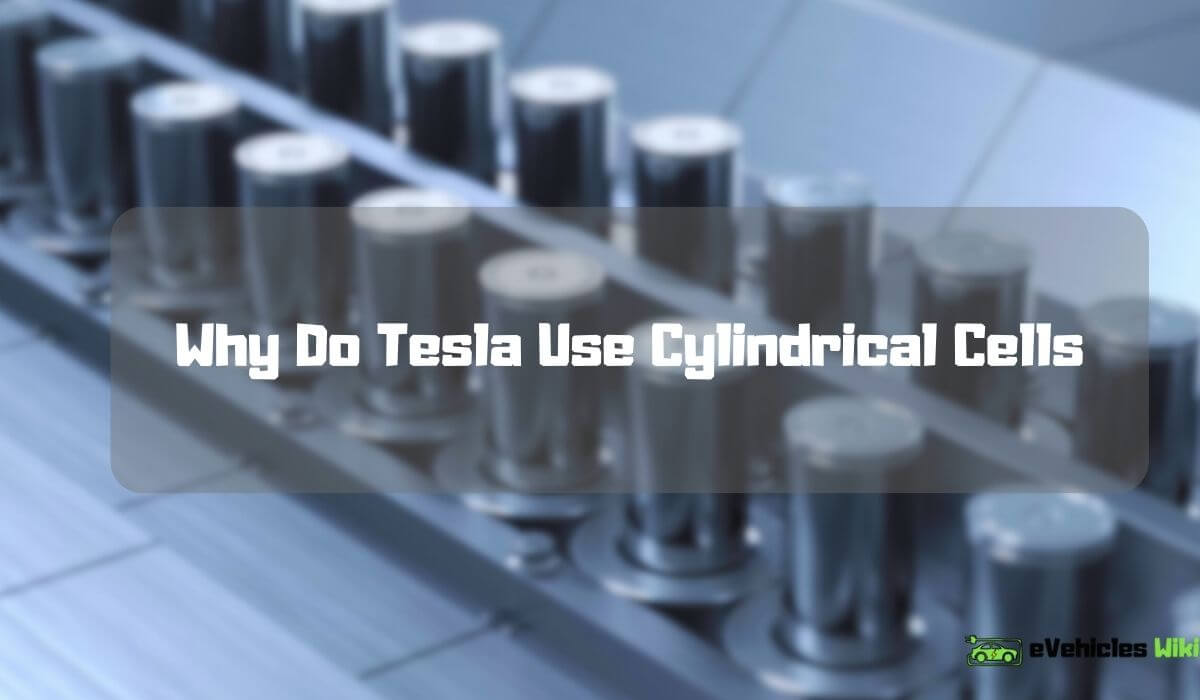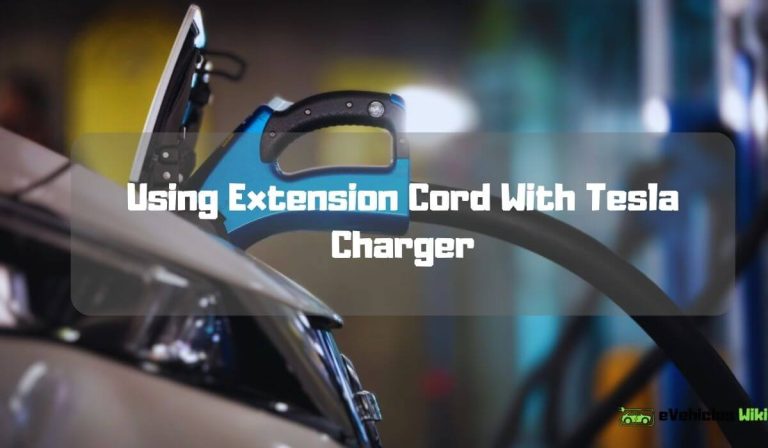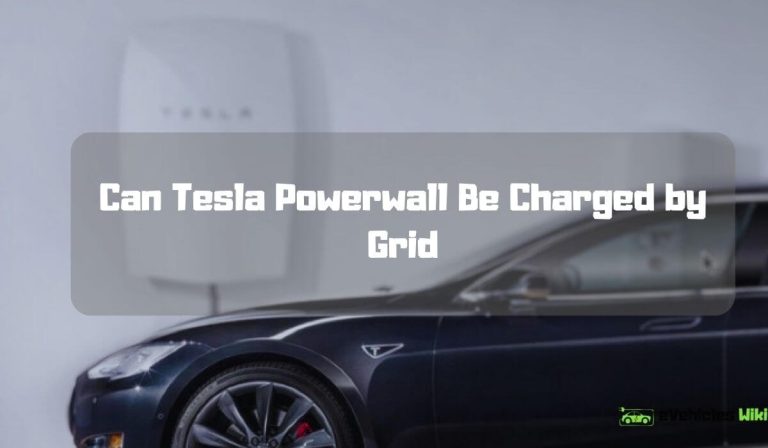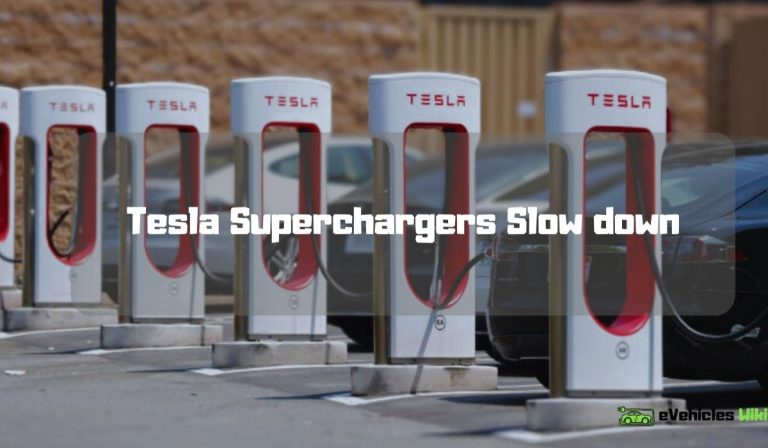Why Do Tesla Use Cylindrical Cells
Tesla uses cylindrical cells due to their high energy density and their ability to pack more power into a small space. This design allows for greater capacity, better performance, and longer range in electric vehicles.
As one of the most innovative and forward-thinking companies in the world, tesla has reshaped the electric vehicle industry with its cutting-edge technologies. One of the key components of tesla’s success is its use of cylindrical cells in its batteries.
Unlike traditional rectangular batteries, cylindrical cells have a longer lifespan, higher energy density, and are more structurally efficient. These cells can be tightly packed together, allowing for more power to be stored in a smaller space. Additionally, they are less prone to overheating and offer greater safety, making them a preferred choice for electric vehicle manufacturers. This approach is an example of tesla’s commitment to using the most advanced and efficient technologies to create a more sustainable future.
Why Do Tesla Use Cylindrical Cells
Historical Context Of Batteries Used In Electric Vehicles
Electric cars have been around since the early 19th century, but their popularity had dwindled due to problems with the lead-acid batteries used. The evolution of batteries for electric vehicles started in the 1980s when nickel-metal hydride batteries were used.
Lithium-ion batteries were next and became the preferred battery type for electric cars. Tesla, however, made a decision to use cylindrical cells instead of the more common prism-shaped or pouch-shaped cells.
Advantages And Disadvantages Of Cylindrical Cells Compared To Other Battery Cells
Cylindrical cells are a popular battery cell shape used in various applications, including electric vehicles. Here are some of the advantages and disadvantages of cylindrical cells compared to other types of batteries:
Advantages
- High energy density
- Tolerate high temperatures better than other cell types
- Provide robustness and structural integrity
- Can be manufactured inexpensively
- Easy to replace and repair
Disadvantages
- Takes up more space than other cell types, so require many cells to achieve a higher voltage battery
- More difficult to arrange in a specific battery module structure
- Require additional thermal management systems
- Cannot be used in a triangular arrangement and need to be arranged in a square or rectangular arrangement
Explanation Of How Cylindrical Cells Work
Cylindrical cells are highly reliable batteries with a standardized shape that simplifies their mass production. They contain an anode and cathode, both made of lithium, separated by an electrolyte. The electrode materials are housed in a metallic cylindrical case that acts as the current collector.
The anode is typically made of carbon, while the cathode is made of a mixed oxide. When the battery is discharged, lithium ions flow from the anode to the cathode through the electrolyte, producing an electric current. This process is reversed when charging the battery.
Examples Of Tesla Vehicles That Use Cylindrical Cells
Tesla uses cylindrical cells in all of its vehicle models, from the model s to the latest model y. These cells are arranged in a specific formation to create battery modules, which are then stacked together to form the battery pack.
The model s and model x have a battery pack consisting of around 8,256 18650 lithium-ion cells, while the model 3, model y, and upcoming cybertruck use larger 2170 cells. The cylindrical cells allow tesla to achieve a higher energy density, better thermal management, and a tighter packing arrangement.
Factors That Influence Tesla’S Decision
Tesla is one of the leading electric vehicle manufacturers globally, and the company has a reputation for being at the forefront of innovation in the automotive industry. A critical component of tesla’s electric vehicles is their cylindrical battery cells. In this blog post, we will delve into the factors that influence tesla’s decision to use cylindrical cells.
Cost-Effectiveness Of Battery Cells
The primary reason behind tesla’s use of cylindrical cells is their cost-effectiveness. Cylindrical cells offer a significantly lower cost per kwh compared to other battery cells. Additionally, they are much simpler and cheaper to manufacture, making them an ideal choice for tesla.
By using cylindrical cells, tesla can reduce the cost of their vehicles, making them accessible to a broader range of consumers.
The Impact Of Battery Cells On A Vehicle’S Performance
Another factor that has influenced tesla’s decision to use cylindrical cells is their impact on a vehicle’s performance. Cylindrical cells have a higher power output than other battery cells, leading to faster acceleration, higher top speeds, and increased range. Tesla’s electric vehicles are known for their impressive performance, and their use of cylindrical cells is an integral component of achieving this.
Longevity And Sustainability Of Battery Technology
One of the biggest concerns surrounding electric vehicles is the longevity and sustainability of their battery technology. Tesla’s cylindrical cells are designed to have a longer life span than other battery cells, ensuring that their electric vehicles are reliable and long-lasting.
Additionally, tesla has made significant efforts to ensure that their battery technology is sustainable, with a particular focus on recycling and reducing waste.
Availability And Scalability Of Cylindrical Cells Compared To Other Battery Cells
Finally, the availability and scalability of cylindrical cells are vital factors that have influenced tesla’s decision to use them. Cylindrical cells are readily available, with a large number of companies manufacturing them worldwide. Additionally, they are more scalable than other battery cells, meaning that tesla can produce a higher volume of electric vehicles more quickly and efficiently.
Tesla’s decision to use cylindrical battery cells is based on several important factors, including their cost-effectiveness, impact on vehicle performance, longevity and sustainability, and availability and scalability. By prioritizing these factors, tesla has been able to create some of the most innovative and successful electric vehicles on the market today.
Cylindrical Cells Versus Other Battery Cells
Comparison Of Cylindrical Cells To Other Types Of Battery Cells
Cylindrical cells are not the only type of battery cells used by tesla. In fact, there are several types of battery cells, including prismatic and pouch cells. Here are some differences between them:
- Cylindrical cells are tubular in shape, while prismatic cells are rectangular and pouch cells are flat.
- Cylindrical cells have a higher energy density than prismatic and pouch cells.
- Prismatic cells have a larger footprint but can be stacked tightly together, while pouch cells have the largest footprint and are the most flexible in shape.
Benefits And Drawbacks Of Other Battery Cells
Each type of battery cell has its own set of advantages and disadvantages. Here are some of them:
Prismatic Cells
Benefits:
- Easier to manufacture than cylindrical cells.
- Higher energy density than pouch cells.
Drawbacks:
- Larger footprint than cylindrical cells.
- More difficult to cool efficiently.
Pouch Cells
Benefits:
- Most flexible in terms of shape.
- Easier to cool than prismatic cells.
Drawbacks:
- Lowest energy density of the three cell types.
- More sensitive to damage than cylindrical and prismatic cells.
Explanation Of Various Battery Cell Chemistries
Battery cell chemistry refers to the type of chemicals used inside the cell that generate the electrical current. Here are some of the most common battery cell chemistries:
- Lithium-ion (li-ion): Most commonly used in consumer electronics and electric vehicles. Offers high energy density and long cycle life.
- Lithium-polymer (li-poly): Similar to li-ion, but with a polymer electrolyte instead of a liquid one. Allows for more flexible and thinner battery designs.
- Nickel-cadmium (nicd): Older and less common technology. Offers a longer cycle life than li-ion, but has lower energy density and is more toxic.
- Nickel-metal hydride (nimh): Similar to nicd, but with a higher energy density. Still less common than li-ion.
How Tesla Decides Which Battery Cell To Use For A Particular Vehicle Or Project
Different tesla vehicles and projects have different energy requirements that must be taken into account when selecting battery cells. Tesla looks at several factors, including the vehicle’s weight, range, cost, and performance.
- For tesla’s consumer vehicles, the company typically uses cylindrical cells due to their high energy density and long-term reliability.
- For larger projects that require massive amounts of energy storage, like the hornsdale power reserve in south australia, tesla may use a combination of battery cell types to meet the project’s unique requirements.
Overall, tesla carefully considers the specific needs of each project before selecting the appropriate battery cell chemistry and design.
Manufacturing Process For Cylindrical Cells
Tesla is renowned for its technological innovations, including its use of cylindrical cells in its electric car batteries. Have you ever wondered why tesla opted for this shape of battery cell? In this section, we’ll explore the manufacturing process behind cylindrical cells, comparing them with other battery cells.
We’ll also delve into the role of panasonic in the manufacturing process and discuss recent advancements in cylindrical cell manufacturing.
Overview Of The Manufacturing Process
The manufacturing process for cylindrical cells is relatively simple, and it can be broken down into the following steps:
- Making the electrode sheets: This involves mixing chemicals to make a paste, which is applied to a conductive foil to create the positive and negative electrode sheets.
- Stacking the sheets: The electrode sheets are layered together with a separator between each layer to stop them from touching and short-circuiting.
- Rolling the stack: The layered electrode sheets and separator are rolled tightly together to form a cylindrical shape.
- Sealing the cell: The cylindrical shape is then inserted into a can, and the cell is filled with an electrolyte solution and sealed.
Comparison Of The Manufacturing Process Of Cylindrical Cells With Other Battery Cells
Other batteries, such as pouch and prismatic cells, have more complex manufacturing processes. They require additional steps to shape the pouch or prismatic cell, which adds to the production time and costs. Cylindrical cells, on the other hand, are easier and quicker to produce, making them the preferred choice for tesla.
The Role Of Panasonic In The Manufacturing Process
Panasonic is tesla’s main supplier of cylindrical cells, and it plays a crucial role in the manufacturing process. Panasonic produces the cells in its factories and then ships them to tesla’s car factory for use in its electric vehicles. Panasonic’s expertise in battery production ensures that the cells are made to a high standard, meeting tesla’s strict requirements for performance and safety.
Recent Advancements In The Manufacturing Process For Cylindrical Cells
Recent advancements in cylindrical cell manufacturing have improved the quality and performance of the cells. For example:
- The use of silicone anodes has increased the capacity of the cells.
- The development of solid-state electrolytes has reduced the risk of thermal runaway and improved the safety of the cells.
- Automation has reduced the production time and lowered the cost of manufacturing.
The manufacturing process for cylindrical cells is simpler and more cost-effective compared to other battery cells, making it the preferred choice for tesla. Panasonic plays a crucial role in the production of cylindrical cells, and recent advancements in manufacturing have improved the quality and safety of the cells.
Future Of Cylindrical Cells In Tesla Vehicles
Potential Improvements In Battery Technology And Energy Density
Tesla has always been at the forefront of battery technology, and their decision to use cylindrical cells is no exception. One of the most significant advantages of cylindrical cells over other types of cells is their compact size, which allows for higher energy density.
In addition to this, there are potential improvements in battery technology that can lead to an even higher energy density in cylindrical cells. Some of these improvements are:
- Higher nickel content: Tesla is working on increasing the nickel content in their batteries from 60% to 80%, which will increase the energy density and potentially reduce the cost.
- 4680 cells: Tesla has introduced 4680 cells that are larger than the previous cylindrical cells. These cells offer a higher energy density and lower costs, making them ideal for electric vehicles.
The Impact Of Cylindrical Cells On The Future Of Tesla Vehicles
Cylindrical cells have played a crucial role in the success of tesla vehicles. While some competitors have opted for alternative cell designs, tesla’s use of cylindrical cells has set them apart from the competition. The use of cylindrical cells has had several impacts on the future of tesla vehicles:
- Increased driving range: Cylindrical cells’ compact size allows for a higher energy density, which translates into an increased driving range for tesla vehicles.
- Faster charging times: Tesla’s supercharger network allows for faster charging times, thanks to the high energy density of cylindrical cells.
- Reduced costs: Tesla’s decision to use cylindrical cells has resulted in reduced costs, which translate into lower prices for their vehicles.
Competitors’ Battery Technology And How Tesla Is Responding
Tesla is not the only company investing in battery technology. Many of tesla’s competitors have introduced their own battery technology, which they claim is superior to cylindrical cells. However, tesla is responding to this competition in a few ways:
- Increased research and development: Tesla is investing heavily in research and development to stay ahead of the competition and improve their battery technology.
- Outsourcing: Tesla has outsourced some of their battery production to other companies to ensure a steady supply and reduce production costs.
- Improving existing technology: Tesla is constantly improving their existing technology to keep up with the competition and maintain their position as a leader in the electric vehicle market.
Frequently Asked Questions Of Why Do Tesla Use Cylindrical Cells
Why Did Tesla Choose Cylindrical Cells Over Other Shapes?
Tesla chose cylindrical cells over other shapes because they have better cooling, are easier to assemble, and have higher energy density.
How Does The Use Of Cylindrical Cells Benefit Tesla’S Cars?
Cylindrical cells allow for greater energy density, improved cooling, and efficient use of space, ultimately resulting in higher performance and longer range for tesla’s vehicles.
Are There Any Downsides To Using Cylindrical Cells In Tesla’S Cars?
One potential downside to using cylindrical cells is that they may be more expensive to produce than other shapes. However, tesla has invested in their own production facilities to bring costs down.
Conclusion
Tesla’s decision to use cylindrical cells is a strategic one that has revolutionized the electric vehicle industry. The design has enabled tesla to produce electric cars that can drive further distances with higher efficiency and performance. The use of cylindrical cells has also enabled tesla to design and manufacture a dedicated battery pack that fits into their cars perfectly, making it easier to mass-produce at a low cost.
Despite the recent trend of using prismatic cells in electric vehicles, tesla has continued to stick to their cylindrical design, and it’s safe to say that it’s paying off. The benefits of using these cells not only extend to electric vehicles but can also benefit other industries that require large-scale energy storage applications.
It is clear that tesla’s research and development team has been able to harness the potential of these cells to make their products more efficient and desirable to customers. With the current focus on sustainable energy, tesla’s continued use of this technology looks set to pay dividends for years to come.







